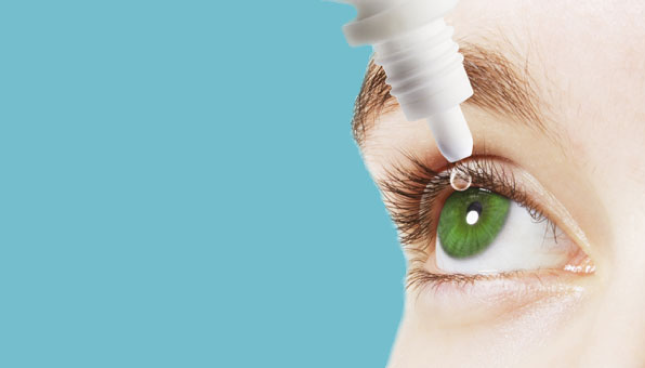Featured
We frequently become aware of safeguarding our skin from hazardous ultraviolet (UV) rays, but did you know that UV direct exposure can additionally substantially affect your eye wellness? Whether you're outdoors on a bright day or also throughout cloudy weather, your eyes are frequently revealed to UV radiation. Prolonged direct exposure can increase the threat of various eye problems, several of which might result in permanent vision damages. Understanding the effects of UV rays on your eyes and exactly how to secure them is crucial for preserving lasting eye wellness.
Types of UV Rays. UV rays are categorized right into 3 kinds:
UVA Rays: These rays permeate deep into the skin and can also impact the inner layers of the eyes. UVB Rays: These rays largely trigger damage to the skin's surface but can likewise damage the cornea and lens of the eye. UVC Rays: While these are the most damaging, they are largely soaked up by the Planet's atmosphere and don't reach the surface. Both UVA and UVB rays are hazardous to your eyes, and gradually, exposure can bring about severe eye problems.
Short-Term Effects of UV Direct Exposure. Also quick exposure to extreme UV rays can lead to prompt eye damages. A common short-term condition is photokeratitis, often referred to as "sunburn of the eye." Signs of photokeratitis include:
Inflammation and irritation. Sensitivity to light. Tearing or watery eyes. A sandy feeling, as if something is stuck in your eye. While the signs of photokeratitis are temporary and usually deal with within a day or 2, repeated incidents can have collective results on your vision.
Long-Term Effects of UV Direct Exposure. Chronic UV exposure can add to several major eye conditions, consisting of:
Cataracts: Over time, UV rays can create clouding of the eye's lens, leading to cataracts, one of the leading sources of loss of sight worldwide.
Macular Degeneration: Long term UV exposure can damage the retina, specifically the macula, leading to age-related macular deterioration (AMD), which influences central vision.
Pterygium: Also referred to as "internet user's eye," this problem includes the growth of a fleshy tissue on the white component of the eye, which can cross the cornea and impact vision.
Skin Cancer Around the Eyes: The delicate skin around the eyes is susceptible to UV radiation, increasing the danger of skin cancer, such as basic cell cancer.
Pinguecula: UV exposure can additionally lead to yellowish down payments on the conjunctiva, which can create inflammation and pain.
Just How to Protect Your Eyes from UV Rays. Wear Sunglasses with UV Defense: Constantly select sunglasses classified as obstructing 100% of UVA and UVB rays. Wrap-around designs supply additional security by blocking UV rays from the sides.

Utilize a Wide-Brimmed Hat: Hats with a large brim can minimize UV exposure by as much as 50%, supplying additional protection for your eyes and face.
Avoid Top Sun Hours: UV rays are best between 10 a.m. and 4 p.m. Limiting your outdoor tasks during these hours can help reduce exposure.
Don't Ignore Kids: Kid's eyes are extra sensitive to UV rays, so ensure they put on sunglasses and hats when outdoors.
Wear UV-Blocking Contact Lenses: If you put on calls, ask your eye care supplier regarding UV-blocking lenses for added security.
Stay Protected Year-Round: UV damages isn't restricted to summertime; rays can reflect off surface areas like water, sand, and snow, making eye protection required all year.
Conclusion. Protecting your eyes from UV rays is critical to preserving your vision and general eye wellness. By taking simple preventative measures like using UV-protective sunglasses, limiting direct exposure during peak hours, and on a regular basis visiting an eye treatment expert, you can secure your eyes from the harmful impacts of UV radiation.
Latest Posts
The Benefits of Consistent Car Maintenance at Montclare Auto Repair Reduces Costs
Find Out Cut Costs on Car Maintenance with Montclare Auto Repair’s Limited-Time Deals
Uncover Reduce Expenses on Car Maintenance with Montclare Auto Repair’s Limited-Time Deals
More
Latest Posts
The Benefits of Consistent Car Maintenance at Montclare Auto Repair Reduces Costs
Find Out Cut Costs on Car Maintenance with Montclare Auto Repair’s Limited-Time Deals
Uncover Reduce Expenses on Car Maintenance with Montclare Auto Repair’s Limited-Time Deals